-crop-770x475.png)
The Global Digital Farm: a cutting-edge testbed for the future of farming
Australia’s first fully automated hands-free commercial farm, the Global Digital Farm (GDF), a high-tech collaboration between Charles Sturt University and Food Agility CRC, celebrates its first birthday. Now GDF’s six cutting edge research projects, can be explored on AgriFutures growᴬᴳ⋅ to help drive agritech innovation and the future of farming.
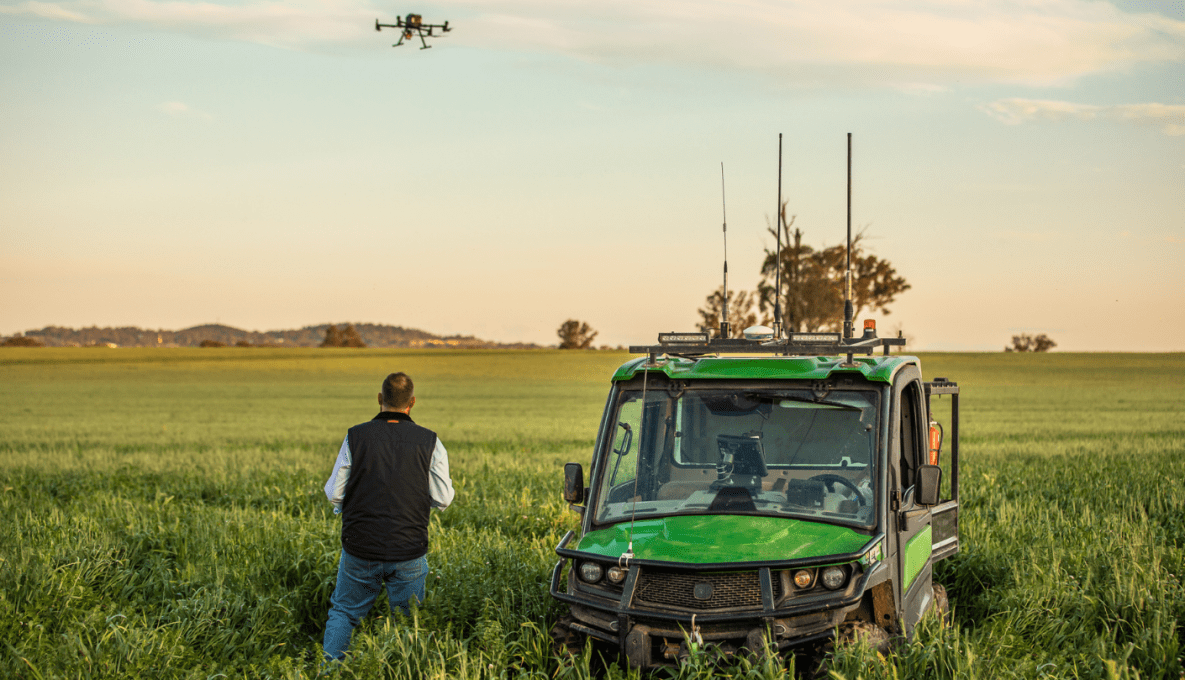
- Share via Facebook: The Global Digital Farm: a cutting-edge testbed for the future of farming
- Share via LinkedIn: The Global Digital Farm: a cutting-edge testbed for the future of farming
- Share via Twitter: The Global Digital Farm: a cutting-edge testbed for the future of farming
- Share via E-mail: The Global Digital Farm: a cutting-edge testbed for the future of farming
The Global Digital Farm (GDF) is geared to unlock Australia’s future farming potential, with on the ground testing of agritech solutions – from connectivity, to sustainability reporting, smart farming data and real-time monitoring.
With over $9 million in committed investment and six major research projects, the GDF – set over 1,600 hectares at CSU’s campus in Wagga Wagga, NSW and in partnership with Food Agility Co-operative Research Centre – is well on its way to demonstrating the future of farming.
Food Agility’s Chief Scientist, Professor David Lamb, said the GDF has become a ‘landscape laboratory’ in its first year of existence. “We are only at the beginning of realising what the GDF can achieve,” said Professor Lamb.
“It is being built to become a national asset; a place of ideation, validation, and inspiration for the next generation of agrifood innovation. A place that is accessible to all Australian farmers and a place where important national and international partnerships are formed.”
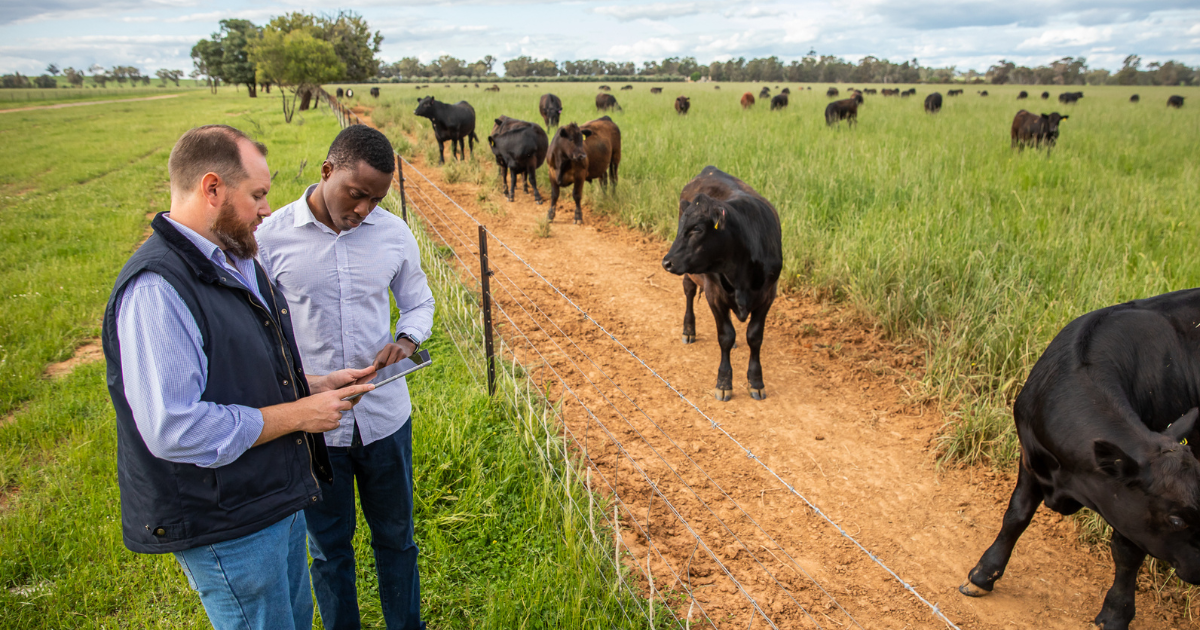
GDF partnerships include Telstra, to road test its new agritech data platform that aims to securely manage and integrate data from multiple farm technologies. Established agritech startups like Zetifi and Farmbot have also tested their research through Food Agility supported projects, within GDF’s real-world setting.
RELATED: Zetifi’s $12m investment to boost on-farm connectivity in regional Australia
The coupling of commercial knowledge with Charles Sturt’s world-leading research capabilities will allow for greater industry confidence in research outcomes, according to Food Agility CEO, Richard Norton.
“The fact that our researchers can take their work from the lab and trial it on a real-life, commercial farm is ground-breaking,” said Richard.
“The Global Digital Farm allows us to demonstrate the credibility, scalability, sustainability, and profitability of our next generation of agricultural technology. It proves to Australian farmers that these solutions are designed to suit our unique geographical context.”
RELATED: Agile research approach delivers impact innovation
The GDF will become the industry benchmark for gathering, managing, and utilising farm data, Richard explained. “The data requirements for exporting to our most lucrative international markets, and the need to report our sustainability achievements are constantly growing. Australian farmers need real-world trial sites like the GDF to stress-test the utility and security of new data systems.”
Now GDF’s six cutting edge research projects, can be explored on AgriFutures growAG. to help drive agritech innovation and the future of farming.
Innovation in action – GDF research projects:
- Cool Soil Initiative: Improving the understanding of the types of management practices which may be able to mitigate on-farm Greenhouse Gas emissions. Partners: CSU, Mars, Kellogg’s, Manildra Group, Sustainable Food Lab, Allied Pinnacle, Corson Grain.
- Smart Farming Data Ecosystem: Overcoming one the biggest hurdles in modern, data-driven agriculture: how to securely manage and integrate data from multiple technologies across the farm. Partners: CSU, Telstra, IBM, Proagrica.
- Framework for Sustainability Reporting: Creating credible and tangible Measurement, Reporting, and Verification (MRV) systems for the entire agribusiness value chain. These systems will account for emissions reductions resulting from an intervention that would not have otherwise occurred. Partners: CSU, Sustainable Food Lab.
- Farm-wide Wi-Fi: Overcoming connectivity challenges, and the subsequent barriers to improving productivity and sustainability, by building antenna arrays that can be fitted to mobile and stationary farming equipment. Partners: CSU, UTS, Zetifi.
- Haystack Fire Prevention: Using data to help producers understand the health of haystacks on their properties while preventing spontaneous and dangerous fires. Partners: CSU, IAG, Myriota.
- Water Leak Detection: Creating timely alerts via the remote detection of water leaks, with the goal to reduce the time taken to identify a major leak. Partners: CSU, Farmbot.
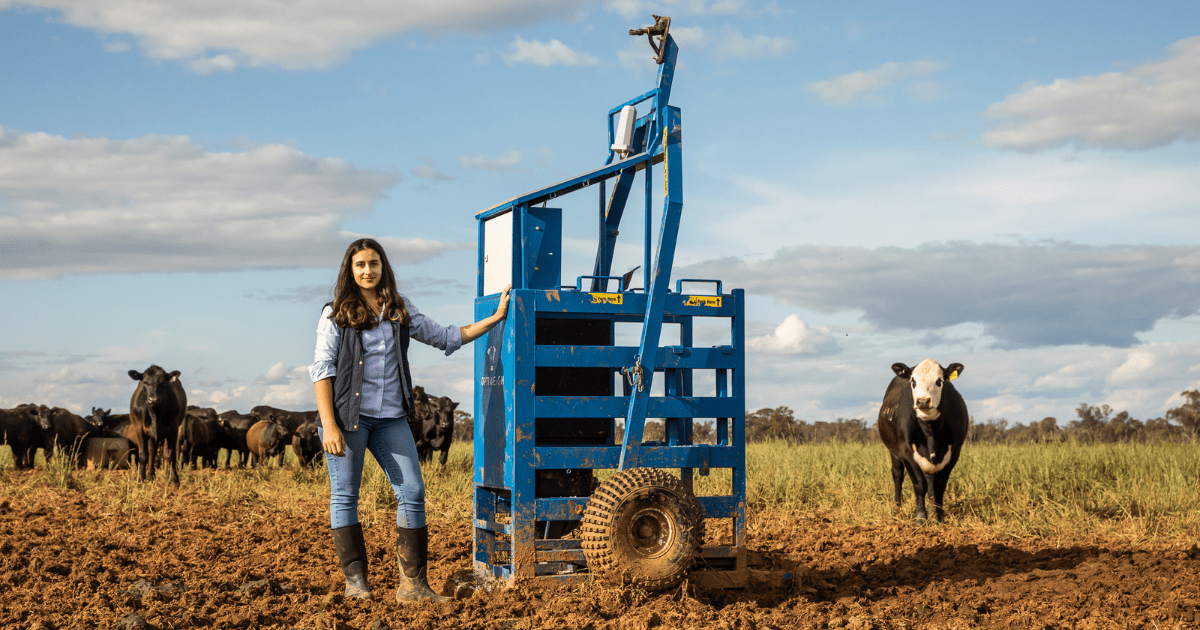
Attracting agriculture’s next generation
The latest Delivering Ag2030 report by the federal government estimates that fully implementing digital agriculture could boost production value by AUD$20.3 billion per year. It identifies five key areas of focus where collective action is needed: leadership, skills, data and governance, opportunities and value proposition, and connectivity and infrastructure. The GDF aims to deliver on all of them.
RELATED: Collaboration key to overcoming agritech adoption barriers
“The GDF will be an exemplar of how technology and digitalisation can guide data driven decision making and add value right across the supply chain,” said GDF Director, Jonathon Medway. “Our portfolio of projects tackles many of the major challenges facing the industry in relation to data, connectivity, productivity and sustainability.
“We are becoming an education destination for the next generation of agrifood industry leaders. When high school students see that there are careers in tech, data, science, business, engineering, sustainability, creative industries and more on smart farms the excitement is palpable.”
“Last year visitors were exposed to an emerging digital farm concept. This year, we have established crop, livestock and sustainability agritech systems across the property, plus development of new facilities including autonomous irrigation and lamb feedlot units under way. The rate of change is astronomical.”
*As part of the Digital Agrifood Summit, ‘Paddock to Profit’ on 11-12 October 2023, delegates can explore the Global Digital Farm at Charles Sturt University, Wagga Wagga, attend guided farm tours and learn about the progress made over the last 12-months.
Tickets are available here.
Learn more about the Global Digital Farm’s research projects, via AgriFutures growᴬᴳ⋅ here.
Related highlights
Explore all highlights-crop-770x475.png)
-crop-770x475.png)
AgTech and Logistics Hub’s industry-led approach accelerates innovation
-
Led by
AgTech and Logistics Hub
-crop-850x675.png)
Looking for engagement?
Showcase your commercialisation opportunity today.
Talk to our team to discuss how growAG. can connect your innovation to industry.
Have questions? Find answers to our most frequently asked questions on research projects, commercial opportunities, organisations and more.
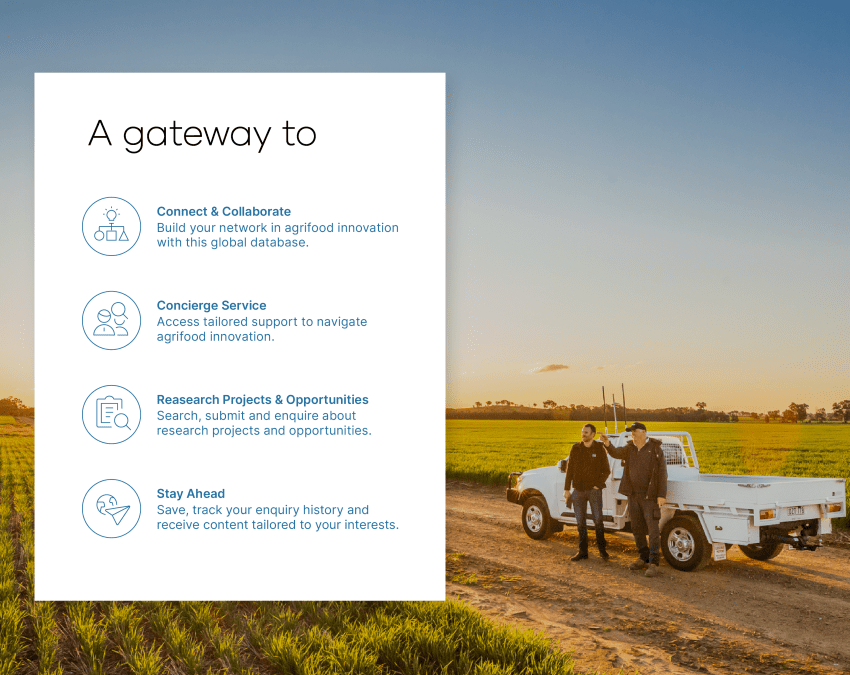


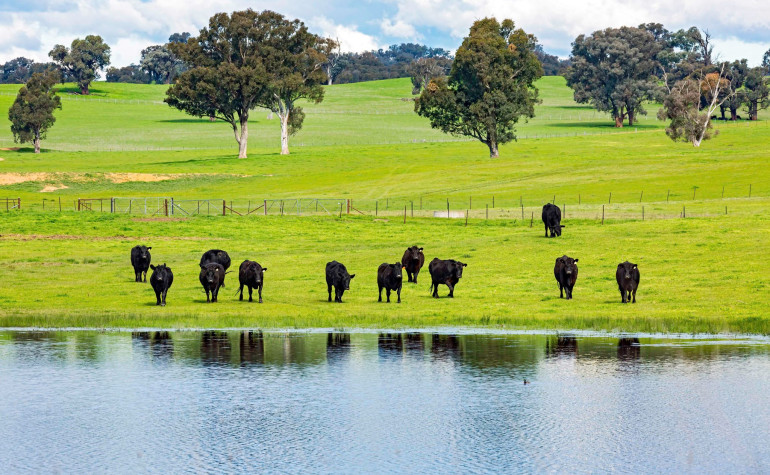
-crop-770x475.png)